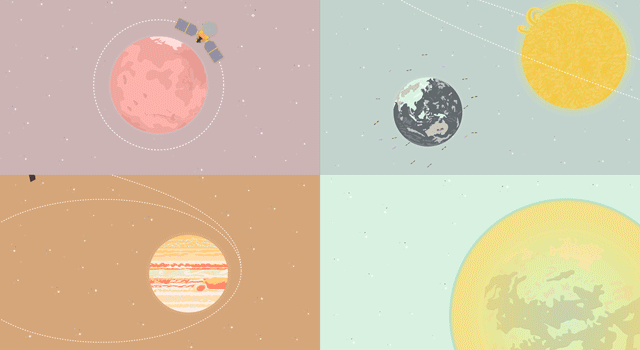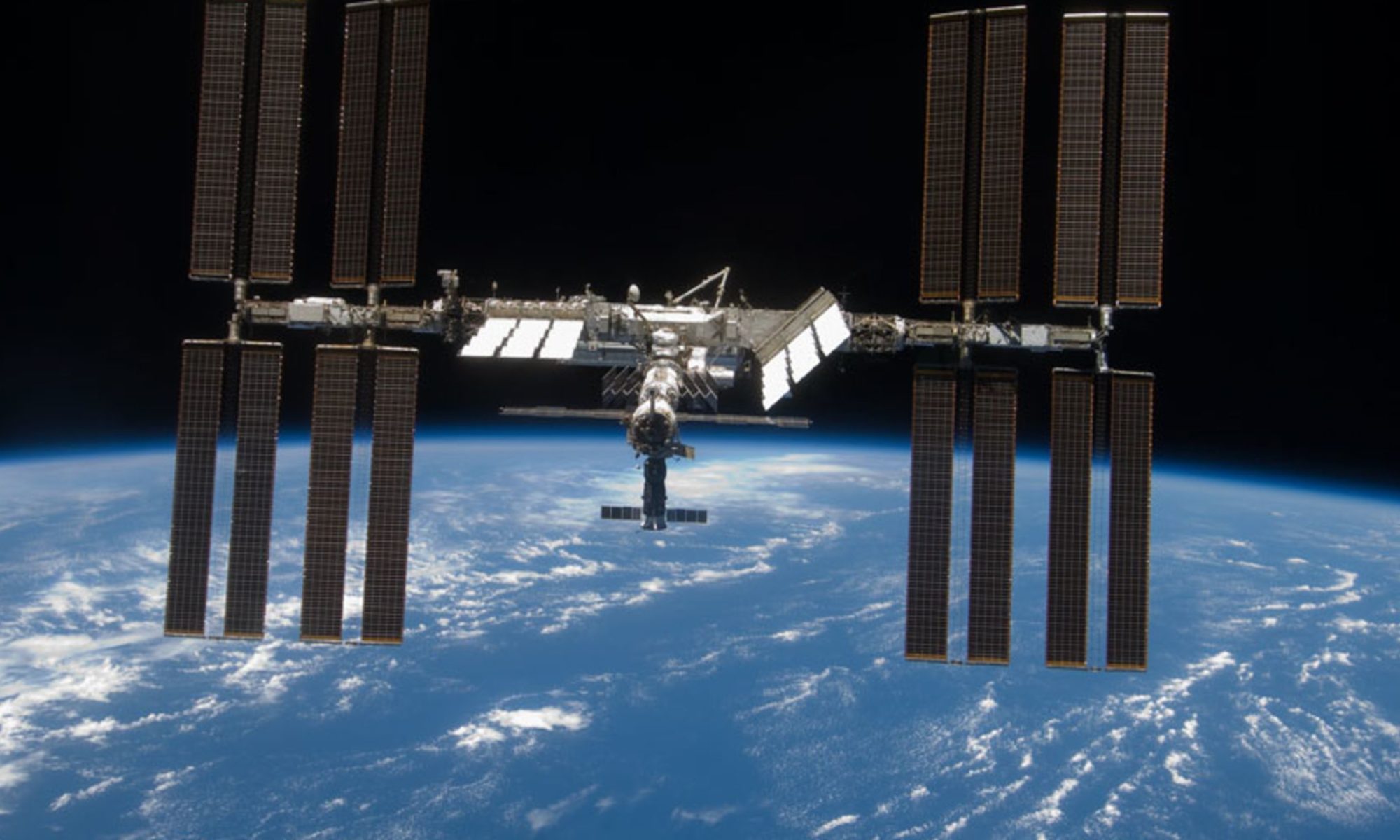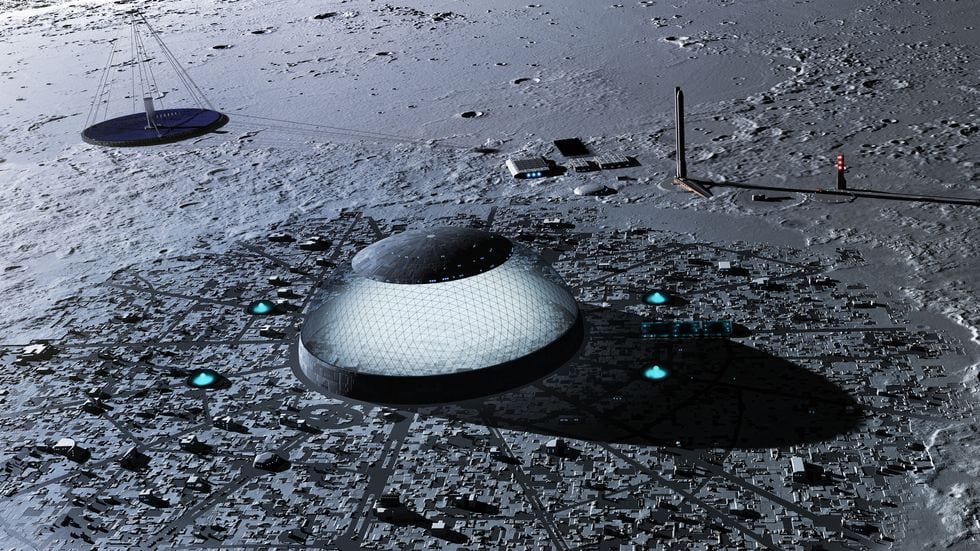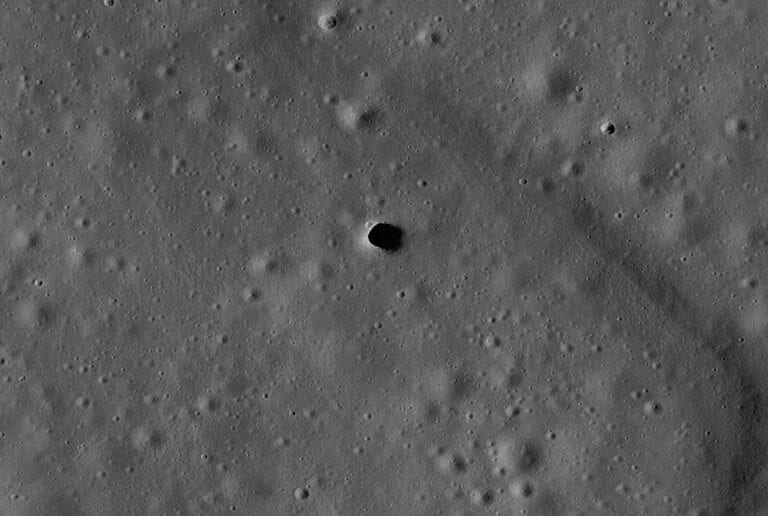While the expanse of space continues to captivate our imagination, the everyday life of those who traverse its depths – the astronauts – often remain shrouded in mystery. Here, we delve into some unexpected and captivating facts about astronauts and their extraterrestrial experiences.
- To kick off, did you know that burritos are a preferred delicacy among astronauts? In the weightlessness of space, food crumbs can pose a potential threat to equipment. Thus, burritos, which are easy to eat and crumb-free, have become a popular meal choice.
- Gender biases didn’t escape even the final frontier. In an attempt to cater to female astronauts, NASA engineers went to the extent of designing a space-friendly makeup kit. They presumed that these pioneering women would crave the normalcy of their makeup routine amidst the stars.

NASA engineers designed this makeup kit in 1978 for women astronauts. The kit was never flown. (Image credit: NASA) - Food choices before a space flight are also meticulously planned. Traditionally, astronauts consume a hearty meal of steak and eggs before their missions. This meal is not only filling but also low in dietary fiber, reducing the need for astronauts to use the bathroom during their mission.
- The simple pleasure of coffee is not forsaken in space. Thanks to Lavazza, the Italian coffee maker, the International Space Station had its own espresso machine – the ISSpresso – between 2015 and 2017. Samantha Cristoforetti, an Italian astronaut, had the honor of becoming the first person to enjoy a fresh espresso in space, made all the more special with a zero-gravity espresso cup.
- Some physical changes can occur due to the microgravity environment of space. Scott Kelly, an astronaut, experienced this first-hand when he returned from a space mission standing two inches taller than his identical twin brother.
- Racial bias in space wasn’t left behind on Earth, and it made its way into the realm of comic books. In 1956, the Comics Code Authority (CCA) tried to ban a story featuring a black astronaut. This move was not in violation of any existing Code, but the publishers stood their ground and challenged the CCA, even threatening to take the matter to court.

- Lastly, comfort upgrades have also made their way to space missions. For instance, the Apollo 11 astronauts had no choice but to sleep on the cold lunar module floor. However, subsequent missions, starting from Apollo 12, were equipped with adjustable hammocks. This innovation significantly reduced the chilling effects from contact with the cabin floor, making space sleeps a tad more comfortable.
Through these curious snippets, we get a glimpse of the extraordinary, yet very human experiences of astronauts in space. Their stories continue to inspire, captivate, and remind us of our collective strive to push boundaries and explore the unknown.










